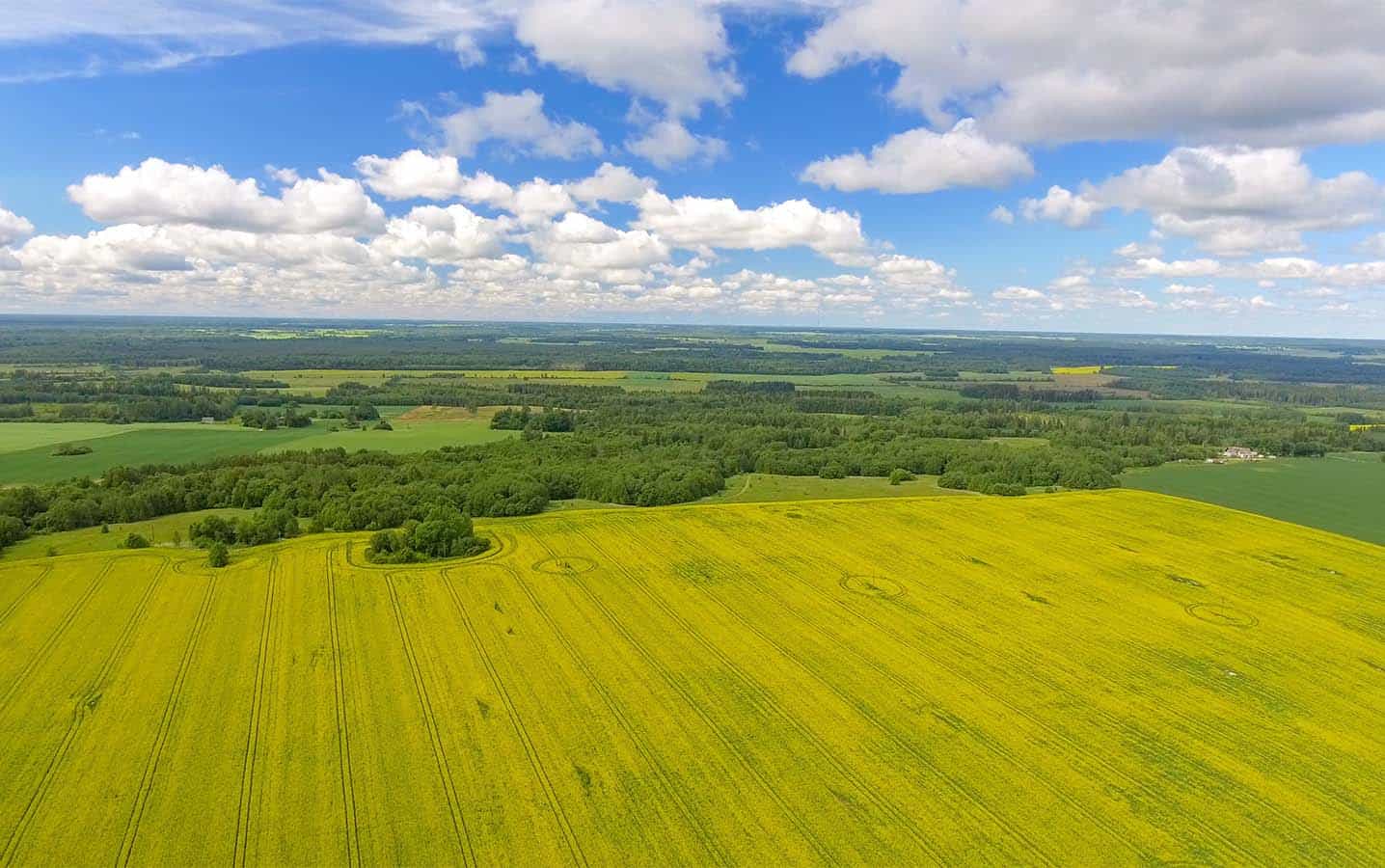Breadbasketcase
Canada has just under 90 million acres of cropland, according to the census*, and the Prairies account for most of them. That sounds like a lot, but we are small potatoes.
The global cropland area is 3.8 billion acres, according to the Food and Agriculture Organization of the United Nations (FAO). About 1.5 billion acres are in Asia, with China and India on top. Europe has around 750 million. North America is fifth among continents for cropland area, and the U.S. has most of it.
The 2011 Census put Canada’s cropland area at 87.4 million acres. This does not include pasture land.
For Canada, cropland area doesn’t mean much. What matters is how we protect that cropland. If Canada can maintain the productivity of its soil, we will become a bigger part of a global food supply chain that is under strain from water shortages and degraded soil. We are already one of the few exporters other countries turn to when domestic production can’t meet demand. This is and will be our competitive advantage. When cupboards are empty, we are one of the few stores that remain open.
Food insecurity can be ugly. New York Times reporter Thomas Friedman has a video series called “The Years Project”. In one episode, called Syria’s Climate War, Friedman argues that four years of drought from 2006-10 led to the conflict in Syria. Climate change over the past forty years has reduced agriculture productivity throughout the Middle East, Friedman says, quoting the U.S. National Oceanic and Atmospheric Administration, and it came to a boil in Syria.
“Climate change is now well understood to be a major national security issue and a source of stress on a number of the underlying causes of conflict,” says Susan Rice, a U.S. national security advisor quoted in the video. “Where there is drought, where there is insecurity, when there is poverty, hunger, poor governance, repressive policies, it may make the tinder in the box more readily ignitable.”
Countries that take care of the farmers who take care of the land should have a long-term advantage. Policies to protect Canadian cropland productivity benefit everyone. That is why we need to first recognize, through research, the practices that truly make a difference, and then give farmers the agronomy to adopt these practices. Farmers and modern agriculture practices are not the enemies of a better planet. They are essential allies in meeting food demand while adapting to climate change and taking steps to reduce climate change.
A comment I heard on the National Day for Truth and Reconciliation made me think of this. That morning, the Canadian Canola Growers Association invited Canola Council of Canada staff, including me, to participate in a presentation by Gerry Oleman from the St’at’imc nation at Shalalth, B.C.
“We live in a beautiful country,” Oleman says. “We must maintain its beauty by working together. We must act so that our children will have what we have – and more.”
To make sure our children also enjoy the benefits of Canada’s agricultural productivity, we have to work together to protect Canada’s cropland.
While some parts of the world may degrade into breadbasketcases, Canada can be the breadbasket. To do that, we need to work together on clear long-term objectives and then fund the research necessary to identify those practices that will achieve these objectives most efficiently.
I believe we can sequester more carbon, improve nutrient use efficiency, improve biodiversity, reduce emissions and improve productivity on the Prairies. Protecting our beautiful country while being a breadbasket for the world will benefit all Canadians. Farmers cannot carry this basket alone.





